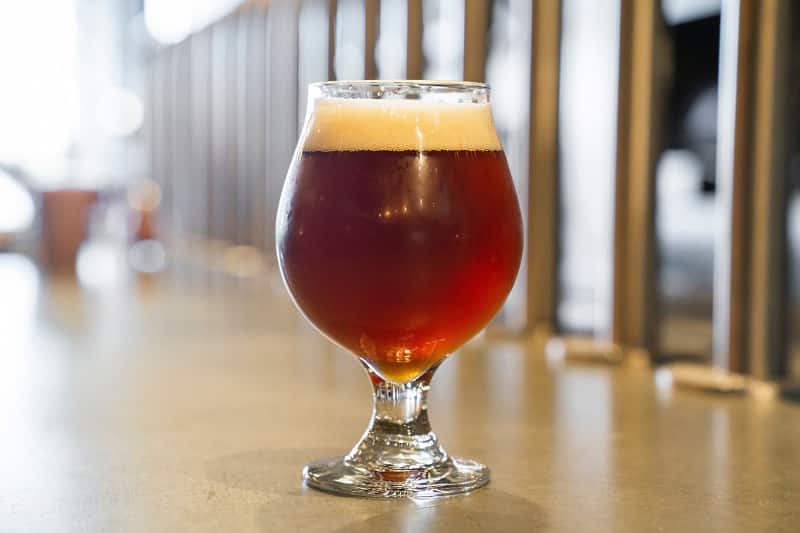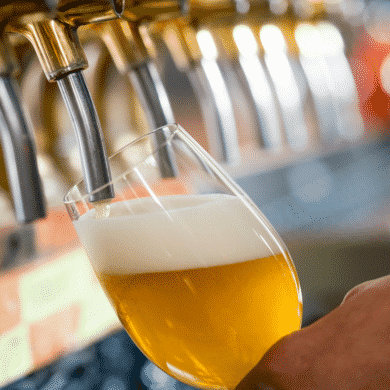Beer styles continue to evolve. New subcategories are added every year. The good news is you don’t have to keep track of it all – leave that to the experts! All you need is to know enough about each of the major styles to help appreciate and share your knowledge when it comes to choosing your beer for the day. Today we will discuss the Bock…
The Bock
History: The roots of bock beer can be traced back to the 14th century and the city of Einbeck, in northern Germany. The style gradually moved south to the city of Munich by the seventeenth century. Due to subtle language differences between the north and south of Germany, the pronunciation of the beer from Einbeck was misconstrued by the Bavarians to sounds like “ein bock,” which means “billy goat” in German. The beers coming out of the city of Einbeck were highly regarded throughout Europe. It wasn’t long before this quality product was exported to England, Scandanavia, the Mideast, and Mediterranean and Baltic countries. This beer is historically associated with special occasions, often religious festivals such as Christmas, Easter or Lent.
Profile: Traditional bock is dark amber in color with robust malt flavors and very light hoppiness. Bocks are bottom fermented and extensively lagered to give them that smooth, deep maltiness. They have a very smooth mouthfeel and low carbonation. It is in general is stronger than your typical lager. Several substyles exist, including:
- Helles Bock/Maibock – a paler, more hopped version brewed in winter and first tapped in spring, often to coincide with spring celebrations and festivals.
- Doppelbock (double bock) – a stronger and maltier version. It isn’t really twice the strength of traditional bock, only marginally stronger.
- Eisbock – a much stronger version made by partially freezing the beer and removing the ice that forms.
- Weizenbock – a style of bock brewed using wheat instead of barley.
Food Pairings: Pairs perfectly with grilled ribeye, grilled sausages, or oven roasted pork tenderloin. Combine it with pretzels and Asiago or Gruyère cheese for an afternoon snack. For dessert, enjoy this beer with baked apples or anything chocolate.
Average alcohol by volume (abv) range: A normal bock falls within the ABV range of 6 to 7.5 percent.
Bocks have a robust history and flavor and we are a big fan! Let us know about your favorite beer style. We are always open to trying new beers!





Add Comment